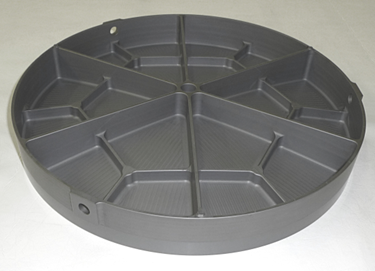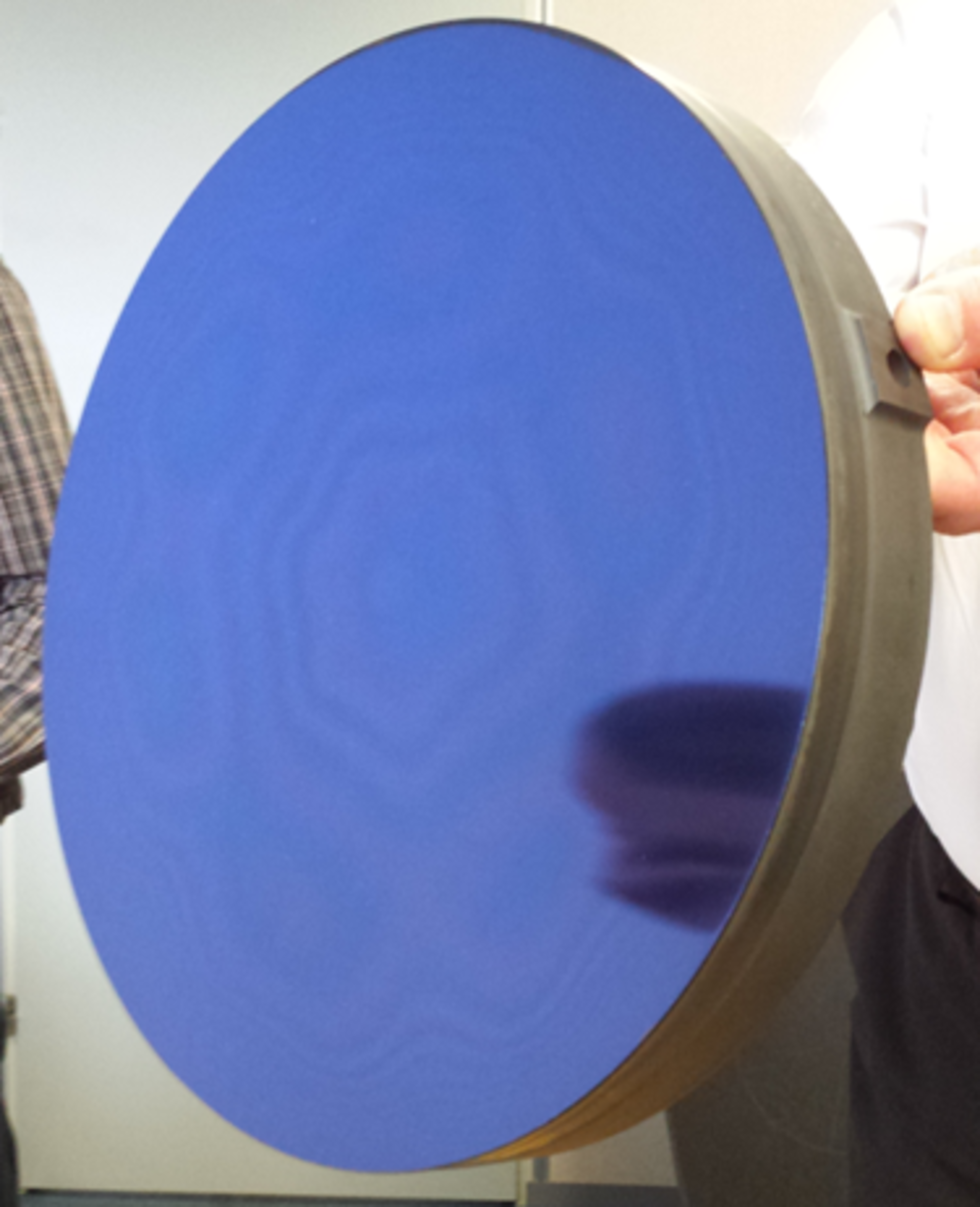Alternative polishing layers on ceramic materials for high performance optical mirrors
| Programme: | TRP Workplan | Achieved TRL: | 4 |
| Reference: | T116-309MM | Closure: | 2015 |
| Contractor: | Reosc (FR) | ||
Telescope mirrors for the visible spectrum made of ceramic material substrates require a polishing layer due to the ceramic material intrinsic minimum achievable surface micro-roughness caused by point defects/material micro-structure. For such applications the ceramic bulk mirror needs a polishing layer to achieve a very low surface micro-roughness. Typically, a Chemical Vapour Deposited SiC polishing layer is applied that involves a risky and not accurately predictable process.
Objectives
The objective of this activity is to investigate alternative polishing layers on the two major European ceramic materials for high performance optical mirrors. The activity is aiming at a reduction of the polishing time, improvement of the surface micro roughness while maintaining a very good wave front error performance.

Achievements
An alternative layer has been successfully developed. Polishing quality (wavefront error, surface roughness) has been confirmed to be better than existing layers. Mechanical stability and performance at low temperatures is demonstrated by test.
Benefits
Developed polishing layer allows for lower surface roughness and easier polishing.
Further work
A follow-on activity with the objective to apply the developed polishing layer to a larger mirror is not longer foreseen, as CNES has launched an activity with a quite similar approach.















 Germany
Germany
 Austria
Austria
 Belgium
Belgium
 Denmark
Denmark
 Spain
Spain
 Estonia
Estonia
 Finland
Finland
 France
France
 Greece
Greece
 Hungary
Hungary
 Ireland
Ireland
 Italy
Italy
 Luxembourg
Luxembourg
 Norway
Norway
 The Netherlands
The Netherlands
 Poland
Poland
 Portugal
Portugal
 Czechia
Czechia
 Romania
Romania
 United Kingdom
United Kingdom
 Slovenia
Slovenia
 Sweden
Sweden
 Switzerland
Switzerland

























